Predictive Maintenance with KNIME
Use predictive maintenance to forecast equipment failures before they occur. KNIME lets you turn sensor data into actionable insights, helping you reduce unplanned downtime, optimize maintenance planning, and save costs.
KNIME Workflow Examples for Predictive Maintenance
This example Predictive Maintenance Training workflow offers a clear template for building an anomaly detection model on sensor data. Next, the Predictive Maintenance Deployment workflow allows you to predict anomalies on new, incoming data. They include:
- Data ingestion of sensor data located on a rotor
- Missing value handling and generation of lagged features as predictors
- Training an AR model using sensor data, and saving the trained model along with the computed error statistics
- Deploying the trained AR model to predict anomalies in new, incoming sensor data, and triggering email alerts based on the severity of the detected anomaly
Why use KNIME for Predictive Maintenance
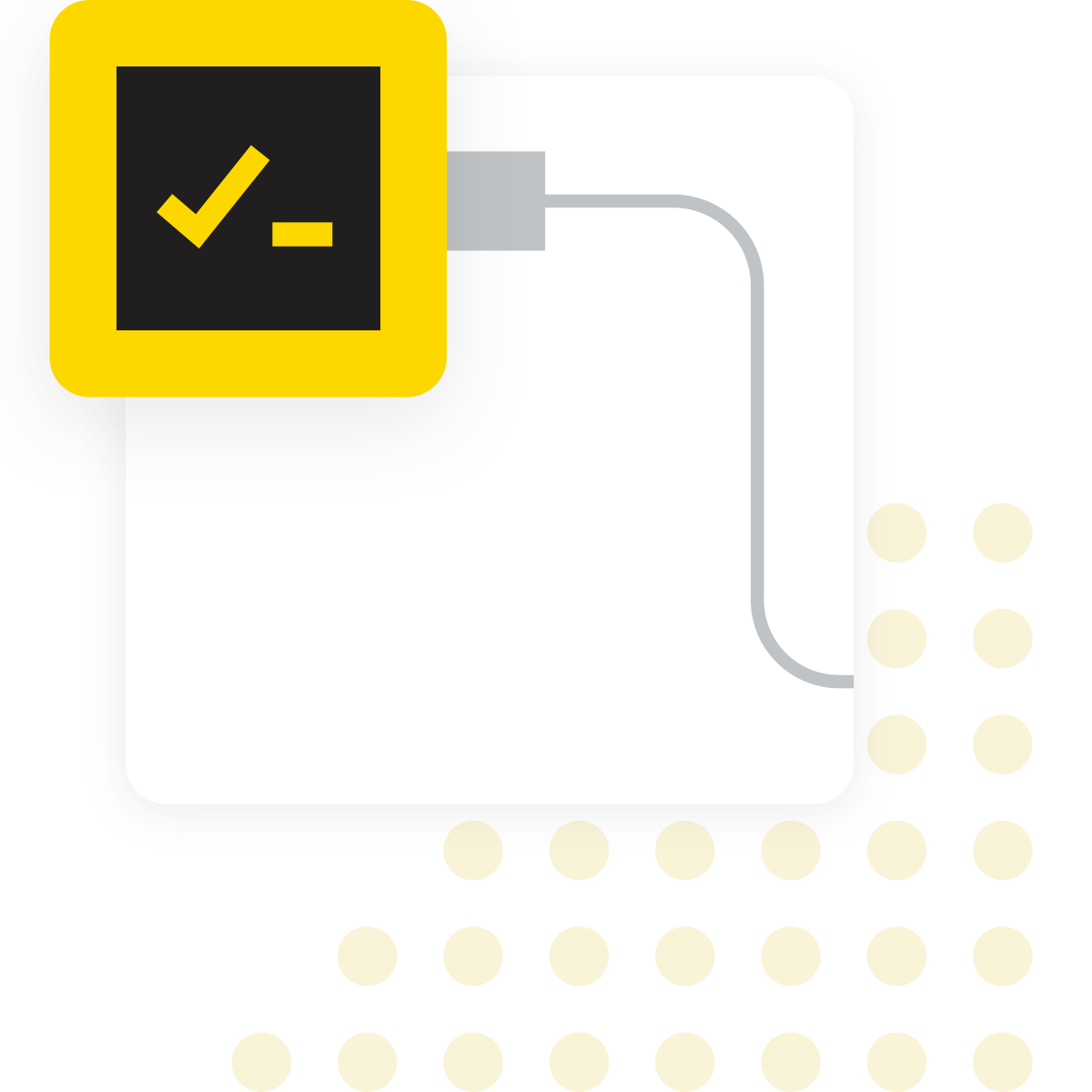
What is predictive maintenance?
Predictive maintenance involves using condition-monitoring data such as temperature, vibration, or pressure readings to anticipate when equipment is likely to fail. It aims to schedule maintenance just in time, avoiding unnecessary interventions and minimizing unexpected breakdowns.
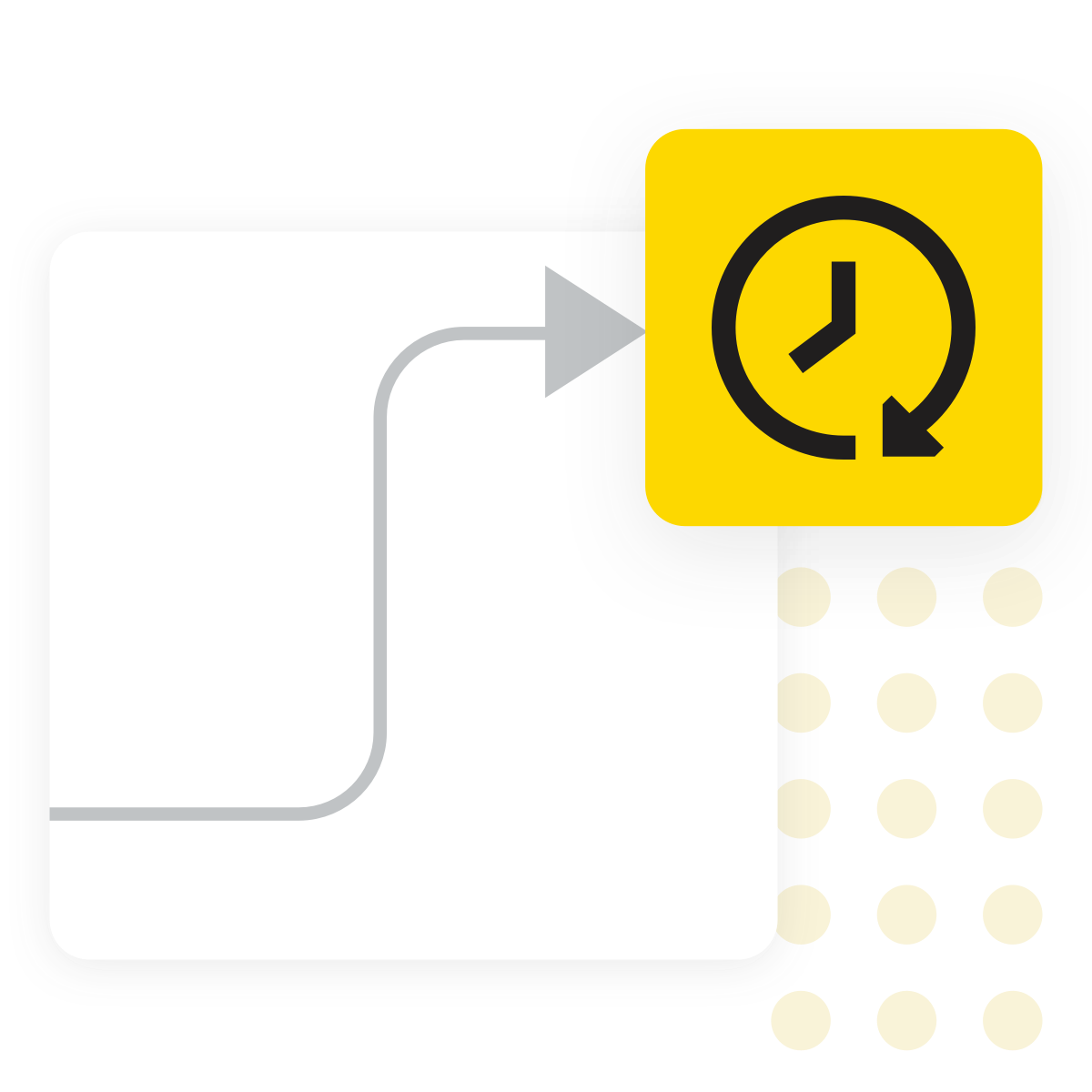
Why does it matter?
Unplanned downtime can significantly impact productivity, safety, and operating costs. Predictive maintenance enables data-driven maintenance scheduling, reducing costs while extending asset life. It also supports safer operations and improved resource planning.
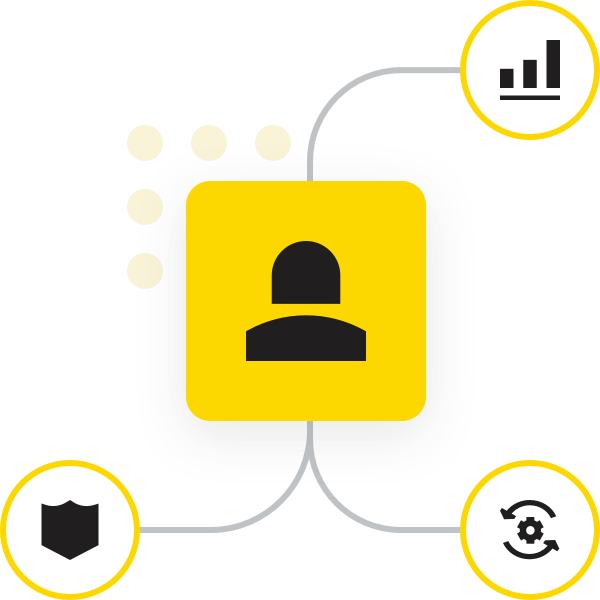
Typical Challenges
- Handling time-series sensor or IoT data at scale
- Working with sparse or no failure labels
- Extracting meaningful features from high-frequency signals
- Deploying models in real-time industrial settings
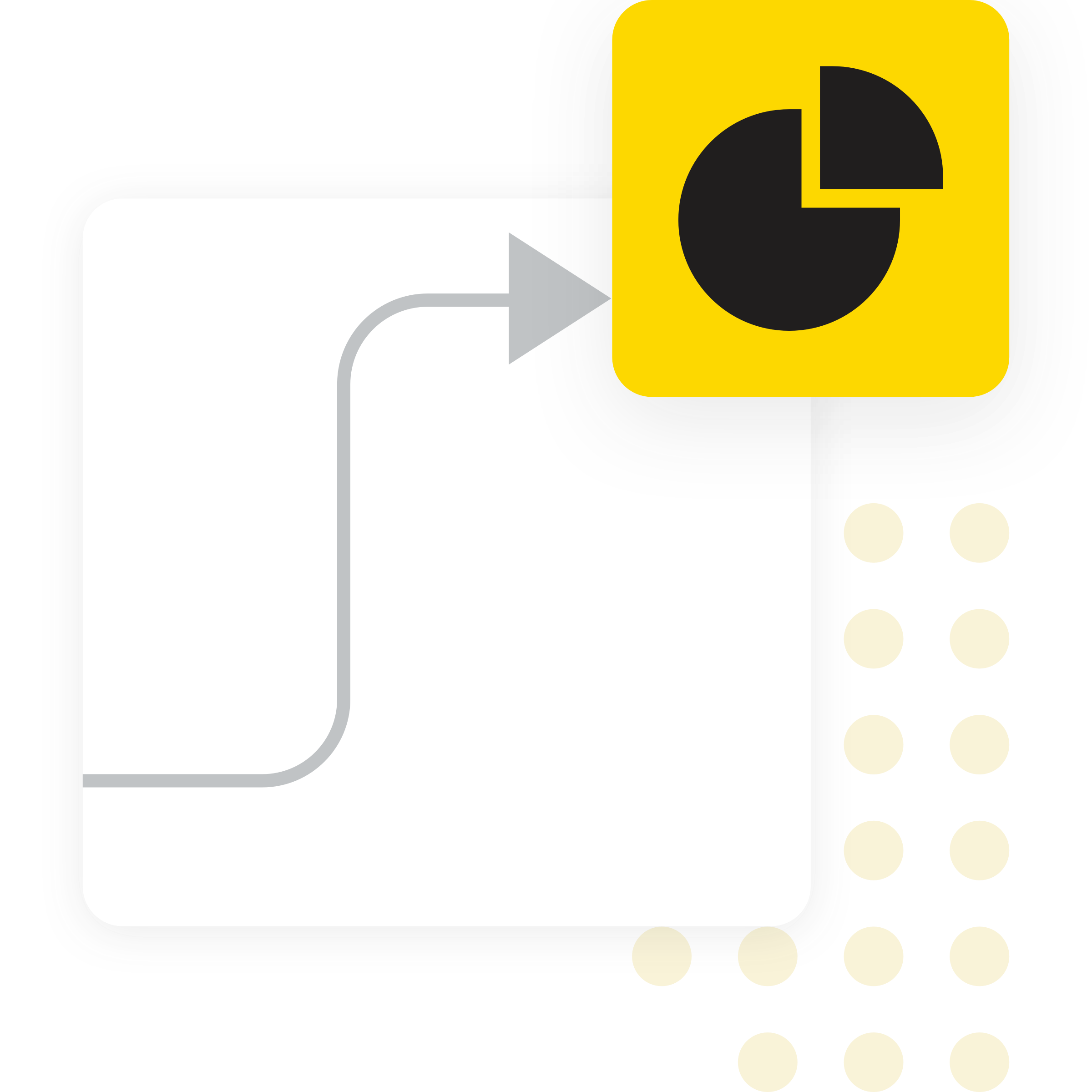
Benefits of using KNIME:
- Can read the data collected from edge devices, cloud platforms (e.g., Azure, Snowflake, Databricks), SAP, Excel, and REST APIs
- Provides time-series tools for resampling, windowing, FFT, and lag feature generation
- Supports both supervised (e.g., remaining useful life) and unsupervised (e.g., anomaly detection) modeling approaches
- Visual workflows with full traceability ensure compliance in regulated environments
- Enables automated deployment for continuous monitoring and alerting on anomalies or maintenance triggers
How to Use KNIME for Predictive Maintenance
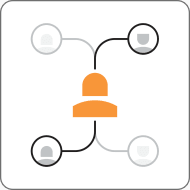
Data Access and Preprocessing
Read data from edge devices, databases, or cloud; align the time-axis, handle missing values, and clean column names.

Feature engineering and Modeling
Loop over each signal, create lag features (e.g., last 10 samples), and train an Auto-Regressive (AR) model to predict the next value.
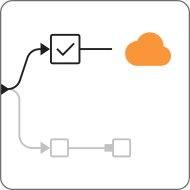
Model Saving and Computation of Error Statistics
Save the model, compute prediction errors, and store error statistics to set anomaly thresholds for deployment.

Model Deployment and Alerting
Import the trained AR model (and error statistics) and deploy it to score new data, detect anomalies, and trigger automated alerts or escalation actions.
How to Get Started
Additional Resources
Try Anomaly Detection for Predictive Maintenance
IoT-based Predictive Maintenance in Machinery
IoT Anomaly Detection 101: Data Science to Predict the Unexpected
Predict the chance of a mechanical failure or security breach before it happens.
FAQ
Yes. KNIME supports unsupervised anomaly detection (e.g., control charts, Isolation Forest, auto-regression) that detect deviations from learned normal behavior.
Accuracy depends on data quality and domain. For instance, a rotor-based control-chart workflow detected anomalies up to 10 weeks before failures appeared.
KNIME offers connectors for SQL, cloud services (Azure, Snowflake), REST endpoints, SAP, Excel, Python /R, and can also read data captured by sensor-based devices.
Yes, you can deploy workflows via one of these plans on KNIME Hub. Scheduled execution can trigger REST calls, email alerts, and dashboards.